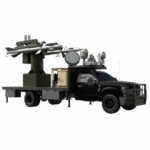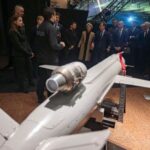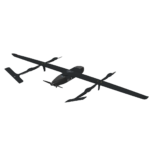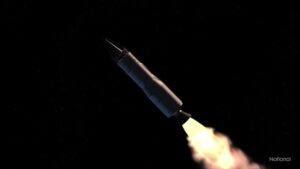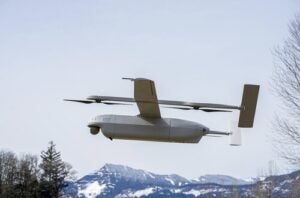
DARPA has selected Bell and Boeing’s [BA] Aurora Flight Sciences to move forward in its program to develop vertical takeoff and landing prototypes capable of flying at speeds of up to 450 knots, with both firms to complete preliminary design reviews in the next year. The two firms had been competing in the initial phase of the Speed and Runway Independent Technologies (SPRINT) X-Plane effort, which is a joint DARPA and U.S. Special Operations Command effort, while Northrop Grumman [NOC]…

 By
By 
